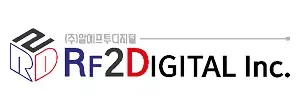A report by the United States Coast Guard, finds DRM to be a good technology for a cost-effective method to disseminate marine and navigation safety information to the mariner.
USCG has tested DRM for data carriage in the Arctic region and found Increased Arctic maritime activity has the potential to increase marine accidents and environmental harm to the fragile environment. Improving the mariner’s situational awareness through clear, timely communication has been identified as a way to mitigate the hazards. The large Arctic expanse, coupled with the lack of communications infrastructure, present many challenges. The Next Generation Arctic Navigational Safety Information System (ANSIS) is an ongoing United States Coast Guard (USCG) Research and Development Center (RDC) effort, which attempts to find solutions for mitigating the challenges in radio communications for disseminating safety and navigation information to the Arctic mariners. As part of the ANSIS project, the RDC evaluated Digital Radio Mondiale (DRM).
DRM is an open standard that shows promise for modernising the USCG’s radio broadcast capability. DRM is intended to be used to broadcast information related to marine safety and security from shore to ship. DRM provides a data rate throughput that would allow transmission of detailed weather maps, forecast weather, ice edge, ice maps, and notice to mariners information. DRM can be used with any frequency band (e.g., Very High Frequency (VHF), High Frequency (HF), and Medium Frequency (MF)). Of these three frequency bands, HF appeared to be the most feasible to test and implement due to the existing USCG HF infrastructure in Alaska and the large coverage provided by HF. RDC carried out a field test of HF DRM performance.
The Alaska field test transmission setup includes existing USCG HF transmitter and antenna, combined with Commercial-Off-The-Shelf (COTS) DRM equipment: an RFmondial content server which fetches and formats the data and Transradio Modulator which prepares the data for HF transmission. COMMSTA Kodiak, AK, was used as the transmission site. The receive system utilised RFmondial DRM receivers. Two receivers were installed in Cordova, AK, and then, midway through the field test, moved to the USCGC HEALY and USCGC MAPLE. RDC conducted a year-long field test of the DRM system. The field test demonstrated that the DRM is capable of transmitting maritime and navigation safety information to the Arctic Mariner. Underway vessels were able to receive detailed images such as wave, surface, and wind forecasts as well as ice maps.
Text based messages were received such as traditional Marine Safety Information (MSI) Bulletins, NOAA buoy data, and even the latest news. Automatic Identification System (AIS) Application Specific Messages (ASM), such as the National Ice Center’s ice edge, various Alaskan meteorological (met) data, and virtual aids to navigation (ATON), were received as well. RDC used the field test data to verify the DRM transmission against the International Telecommunication Union’s (ITU) HF propagation models. The good fit between experimental and theoretical propagation strongly suggests that the ITU tools may be used to predict the DRM coverage and develop a notional Concept of Operations (CONOPS).
Three options that describe how the USCG may use the DRM system not only in Alaska, but Hawaii, and the contiguous United States are presented on Page viii of the report.

















